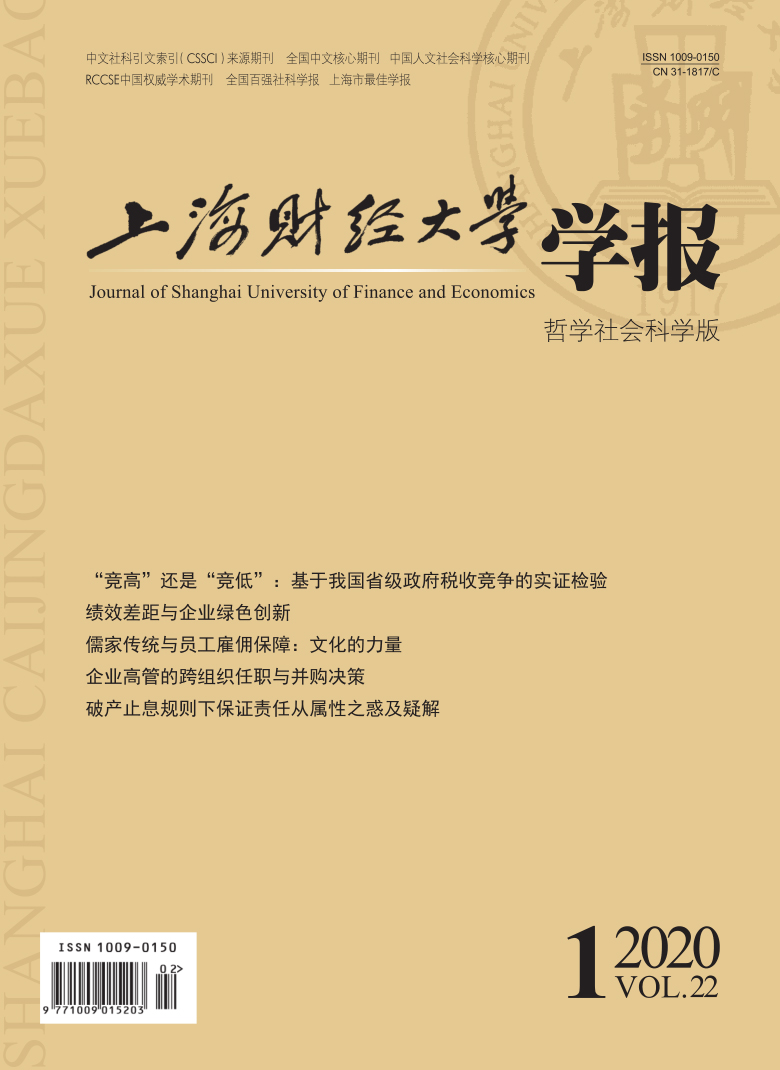It is a long-term strategic goal of our country to actively deal with the aging population, which is related to the welfare security and physical and mental health of the disabled aged group, and related to the sense of gain, happiness and security of all the people. The state encourages supporting implementation mechanisms to provide safeguards, especially the improvement of the legal system. At present, China is faced with the dilemma of the lack of social medical assistance system and the lack of family care mechanism for adults with mental disorders. In particular, although the general principles of civil law has added the voluntary guardianship system and the adult legal guardianship system, due to the shackles of its “link” with the capacity of behavior, it is still unable to properly protect the legitimate interests of adults with mental disabilities. Therefore, the introduction of the special needs trust system in the United States can meet the urgent needs, make up for the deficiency of the existing system, and meet the dual interests of adults with disabilities and their families. Special needs trust, also known as supplementary needs trust, is an important supplement rather than a replacement of the American social assistance system. It mainly serves the vulnerable groups such as the disabled, the mentally ill and the elderly. It uses the framework of trust to maintain the social assistance qualification for the mentally handicapped and improve the quality of life. There are three types of special needs trust, namely compensation trust, collection trust and third party special needs trust. Each of the three models has its own advantages and is designed for the specific needs of different groups of people. Families with disabilities are free to choose according to their own circumstances.If a compensation trust is established or the trust funds come from the collective trust of the beneficiary’s own assets, the government will be the remaining beneficiary. An important condition for the establishment of such special needs trust is to include “compensation clause” to compensate the government for medical assistance expenses. Although the three modes are different, they should comply with the purpose of the establishment of the special needs trust(to retain the eligibility for assistance and improve the quality of life), the distribution standard of the trust property(the standard of complete discretion), and the special obligation of the trustee. The operation mode of the special needs trust can make up for the lack of the existing adult custody standards and play the dual role of custody and trust in protecting mentally and physically disabled adults. Based on the analysis of the practical deficiencies of the adult guardianship system in China, this paper intends to build a model and structure of the special needs trust system, which is based on the special needs trust system of the United States, and strive to provide a path guidance for the introduction of the special needs trust system into adult guardianship in China in the future, so as to combine the special needs trust system with the adult guardianship, strengthen the protection of physical and mental guardianship and property rights for adults with physical and mental disorders, and provides an implementation mechanism for actively coping with the aging.
 / Journals / Journal of Shanghai University of Finance and Economics
/ Journals / Journal of Shanghai University of Finance and EconomicsJournal of Shanghai University of Finance and Economics
LiuYuanchun, Editor-in-Chief
ZhengChunrong, Vice Executive Editor-in-Chief
GuoChanglin YanJinqiang WangWenbin WuWenfang, Vice Editor-in-Chief
Construction of Adult Guardianship Special Needs Trust in China Based on the Special Needs Trust in the United States
Journal of Shanghai University of Finance and Economics Vol. 22, Issue 01, pp. 137 - 152 (2020) DOI:10.16538/j.cnki.jsufe.2020.01.009
Summary
References
Summary
Cite this article
Chen Xueping, Zhang Ziyue. Construction of Adult Guardianship Special Needs Trust in China Based on the Special Needs Trust in the United States[J]. Journal of Shanghai University of Finance and Economics, 2020, 22(1): 137-152.
Export Citations as:
For




 7018
7018  9162
9162

